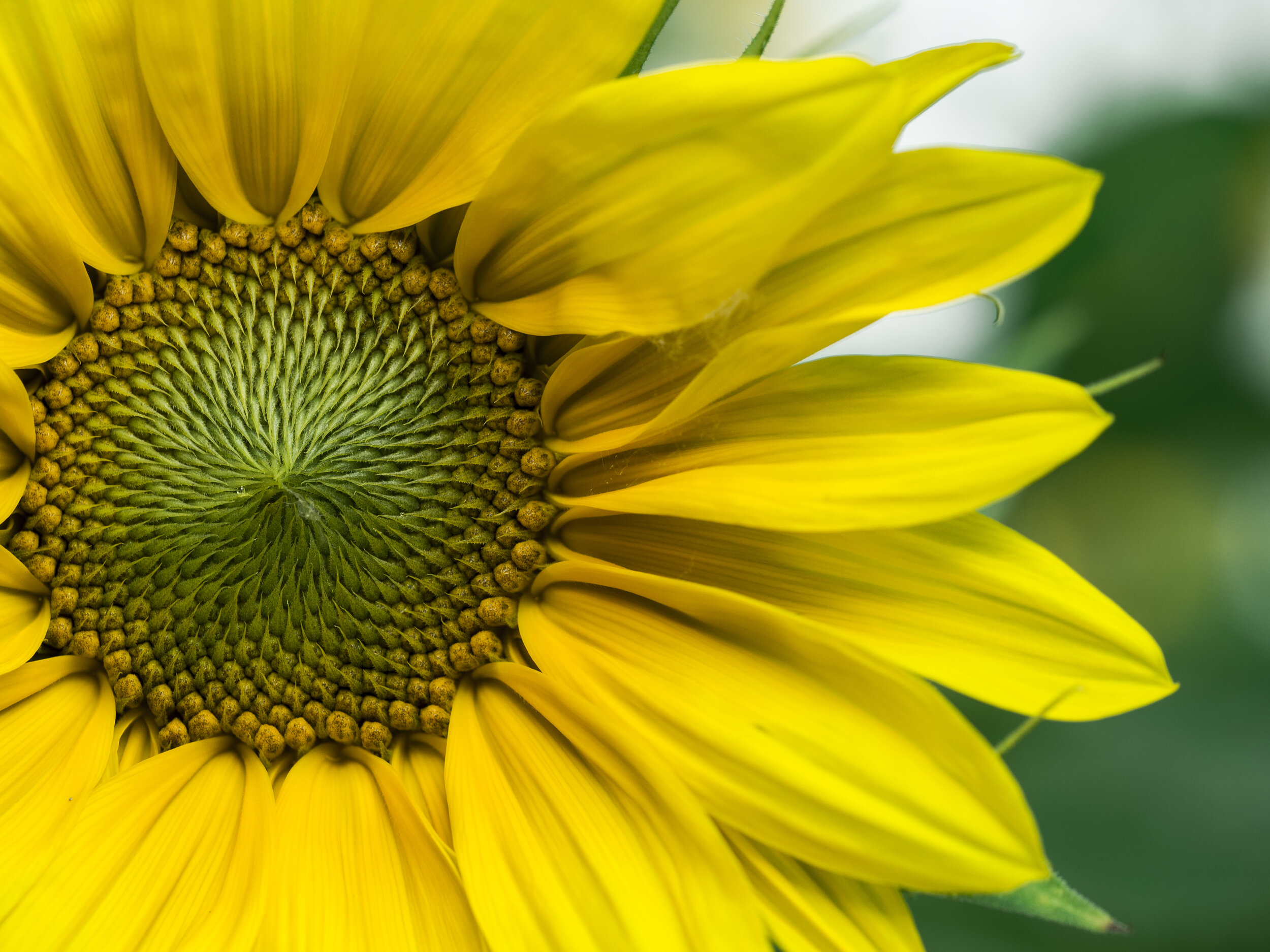Can you imagine meeting someone in their last six months of life? They’ve lived an entire life that you know nothing of. You walk in to be with this human, to see him or her, to be curious about this life that has been lived and is now closing. You have such a different experience of this person than everyone else in his or her life. You’re being welcomed into this significant transition time. This is what we get to do as Companion Volunteers with Hospice.
I have been volunteering with Signature Hospice in Portland, OR for about two years now. They offer amazing support for their patients, volunteers, and staff. From a volunteering perspective, Signature Hospice offers deep support and expressive appreciation to their team of companion volunteers. We start with a high quality three day training where we cover the details of HIPPA, ethics, spirituality, our own beliefs, and how to care for patients with dementia and Alzheimer’s. We meet and connect with our Spiritual Care Coordinators and other volunteers who have been with Signatures for many years. We ask many questions and talk a lot about boundaries. With a great training under our belts and continued support throughout our volunteering, we go off into the world.
What Is A Companion Volunteer?
As a companion volunteer we can’t help someone eat, stand or bath. We cannot touch medication nor help someone get up if they fall. We are extremely limited in the things we can physically do for someone which is exactly the point. The point of this role is to be present - completely - with someone. We don’t have the option to busy yourself with tasks if you’re uncomfortable. We witness, we love, we spend time, we see this person. That is the doing, and it’s a lot to do.
You Are The Medicine
One thing we learned from the beginning and that has stuck with me since is this idea that “you are the medicine”. My job as a companion volunteer is to be present. To be with someone. I am not fixing or changing anything. It has similarities to the Vipassana meditation experience in that we are asked to be with the present moment, to observe and be in it without reacting, without changing or fixing anything, “as it is”.
As a great manager of many tasks, this is of course the most difficult aspect of the role for me. If someone is screaming out in pain, I can not change their pain, I can be with them in it. Of course we can say this is beautiful and maybe that really helps someone. Maybe it does but not in the fast acting way that pain meds can. Not in a way that may bring the screaming to a stop and subdue the sufferer.
The Actual Work Of It
The actual work of it is not glamorous. There are gems, the shiniest most memorable gems, but we spend a lot of time at the bedside while someone sleeps. In my personal experience, I’ve enjoyed watching many Westerns together, providing Reiki and Massage, holding hands, hearing stories of spouses, families, and travels.
It’s incredibly special that someone allows a stranger to come in at this stage of life. If you’re curious about life, go sit with someone who is dying. You are the student here in the most relaxed of class rooms. This is the human condition. This is my nature and your nature and though our lives look different, birth and death will become each of us. It is our journey to take, it is our passing on to prepare for.
The Actual Love of it
Worth Considering
How do you handle endings? Do you skip to the next song before this one has ended? Do you watch the finishing credits of the movie? Do you leave a relationship at the first sign of trouble? Do you look the other way when you see someone suffering and asking for help?
How do you suffer? Are you able to ask for help? Do you turn inwards? Do you use external distractions? Do you confront the pain, dwell in, feel sorry for yourself? Do you feel sorry for those you know are hurting? Do you fix it - immediately? Do you see it? Are you curious about it













